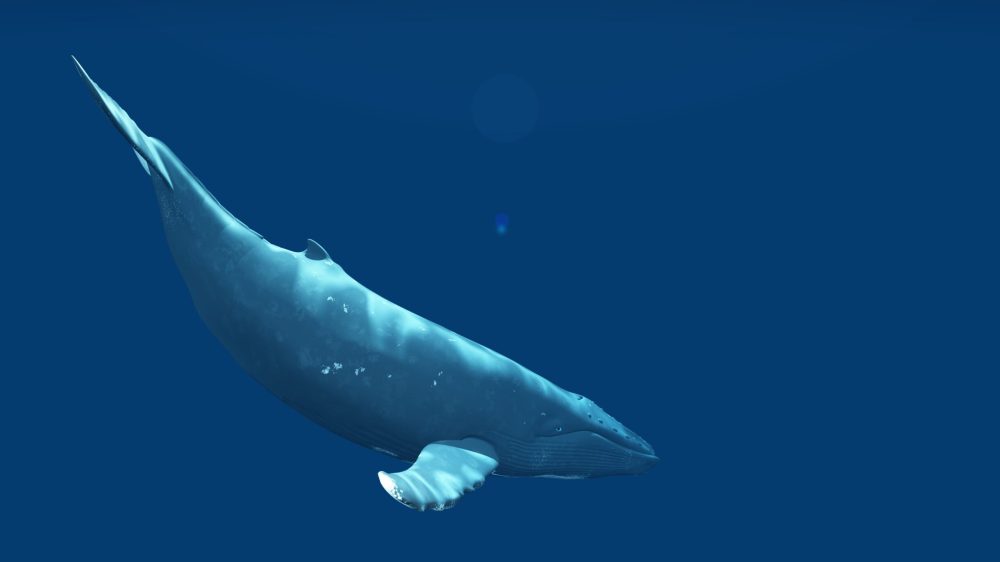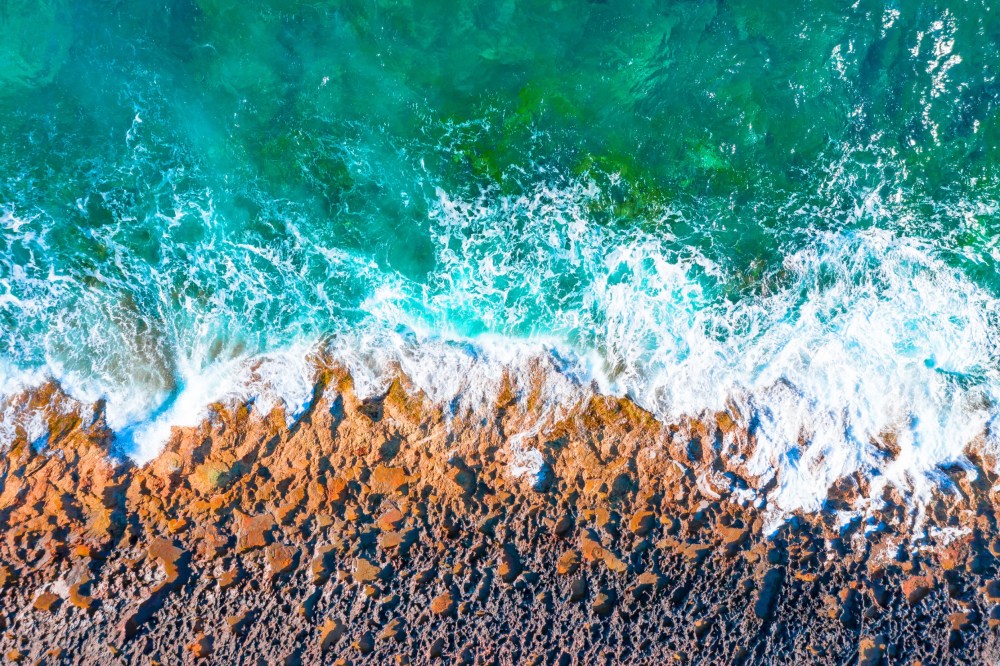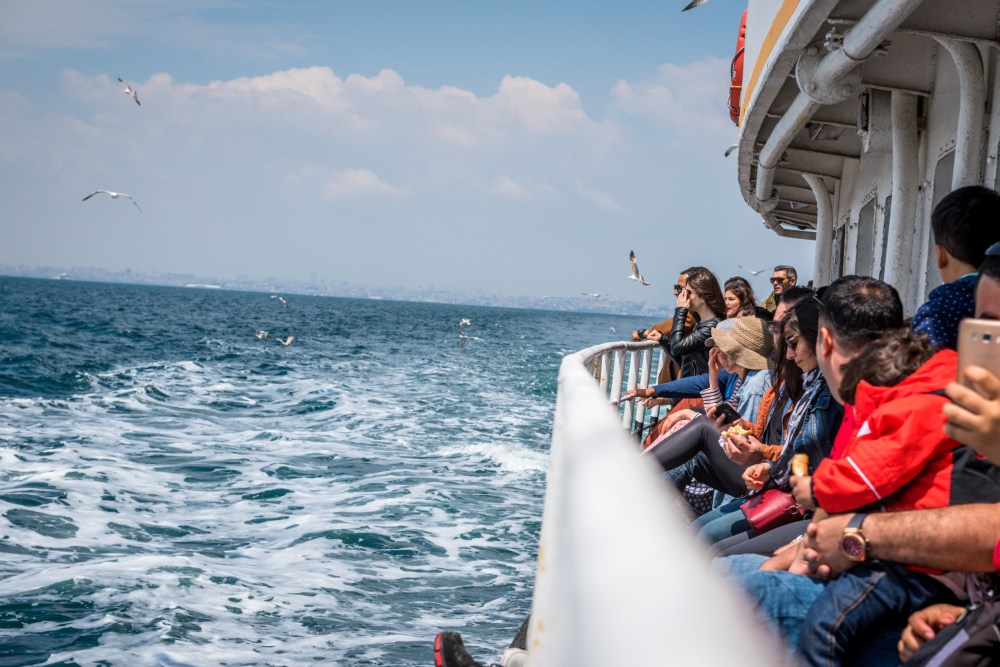Where To See Blue Whales in San Diego: Planning a Memorable Blue Whale-Watching Experience

Blue whales are the largest animals, and they are also considered to be endangered species. Fortunately, the largest population of blue whales is off the coast of California, and blue whale watching is prevalent in San Diego. With great year-round weather and the abundance of krill off the coast, San Diego is the place to go when you want to see whales of all types. If blue whales are what you want to see, it is good to know when the best time to see them is and what to expect.
Best Places to View Blue Whales in San Diego
If you are wondering where to see blue whales, there are numerous places in San Diego to spot them. You may be able to see them from the coastline, but the best place to view them is on a boat. Special whale-watching tours get you up nice and close to all types of whales and other sea life, and you learn a lot about the whales during your journey.
Best Time of Year to See Blue Whales
Although it is possible to see whales at any time of the year in San Diego, summer is the best time to see blue whales. The warm waters attract krill, mainly what blue whales eat. They migrate to the area around the end of May and stay all summer long.

What Makes a Blue Whale Sighting Special
Seeing blue whales in San Diego is unique because they are a rare whale species. It is estimated that only between 10,000 and 25,000 of them are left. However, thanks to efforts by organizations and individuals, it seems as if the population is steadily increasing.
Although boats must stay outside a certain radius, you still get to see these gentle giants up close. If you are lucky, you may even see a blue whale calf.
What to Expect on Your Whale-Watching Trip
You can expect to see a plethora of sea life during your trip. Along the way, your guide will educate you about blue and other whales, such as minke and fin whales, you may see that day. Some of the information you may learn includes:
- Migration patterns of whales
- Sizes of whales
- What sounds do whales make
- What and how much do whales eat
- Gestation and lactation periods of whales
To help you better identify the whales, your guide will describe different attributes to look for. For example, blue whales have long, tapering bodies and small dorsal fins. The best way to spot a blue whale is when they blow the water out of its hole, as the water goes higher than other whales.

Book Your Blue Whale Watching Tour
When booking your whale-watching tour, remember that you have several options. You can join a regular tour, where you will enjoy viewing whales with others, or you can book a private tour. Private tours are great for special occasions like family reunions, birthdays, and engagement parties.
Tours are around four hours long. Even during the summer, you may want to bring a light jacket if it is cooler on the water. Other recommended items to bring include sunscreen, sunglasses, and a camera. Regular tours include snacks and non-alcoholic beverages; you can bring your food and drinks on board.
The great thing about booking a tour with Next Level Sailing is that you get a free future tour if you do not see a whale. There is also a no-seasickness guarantee.
